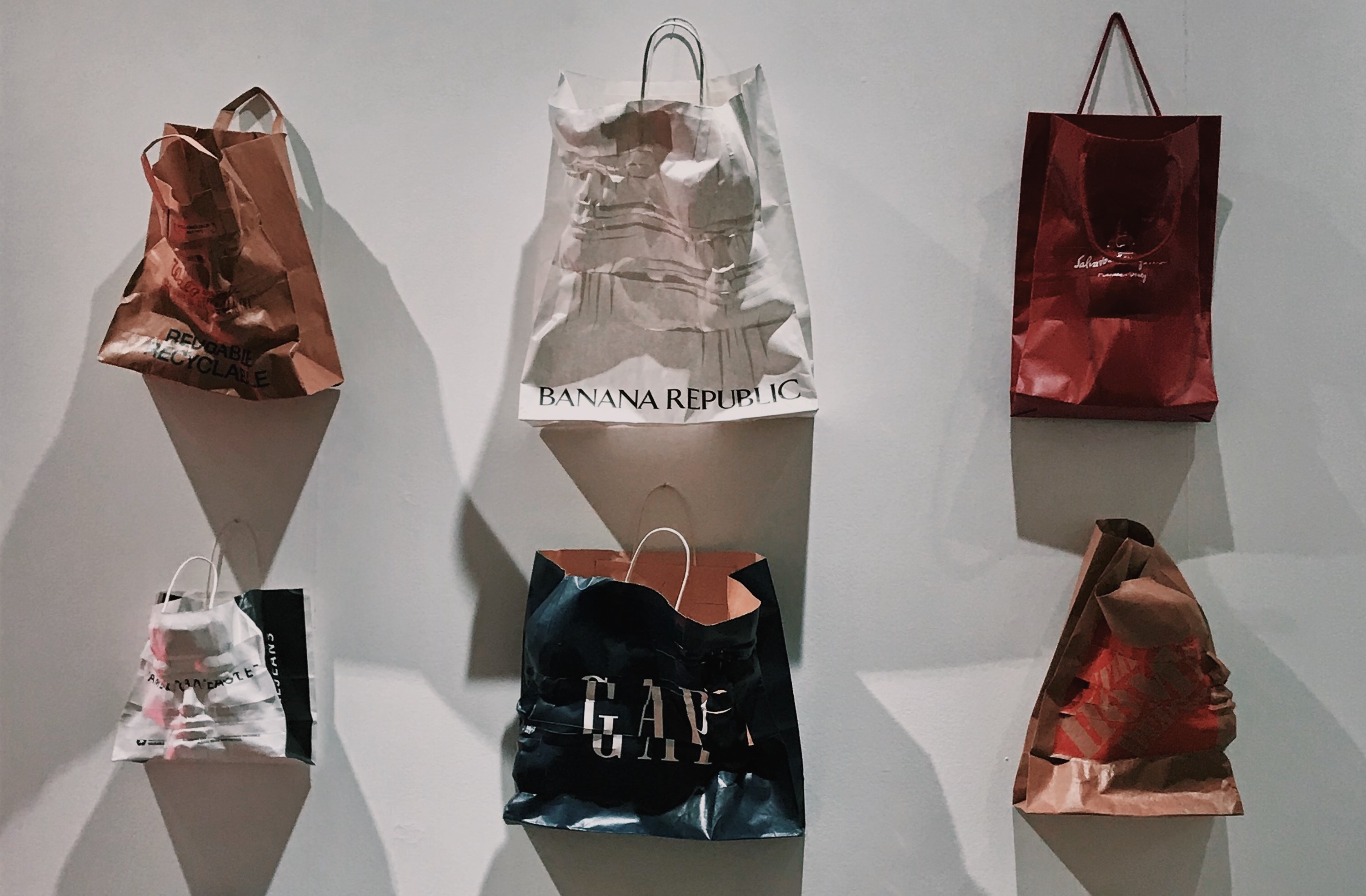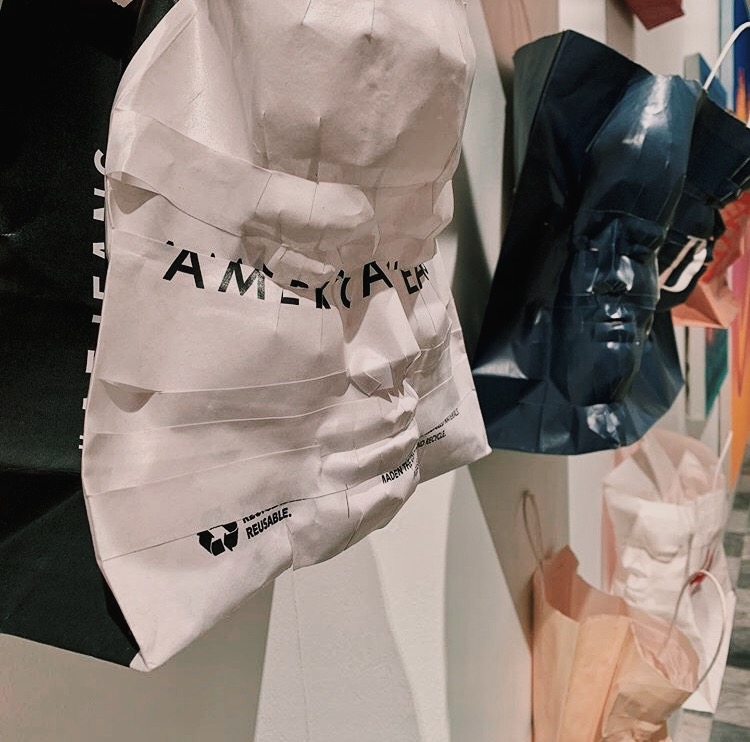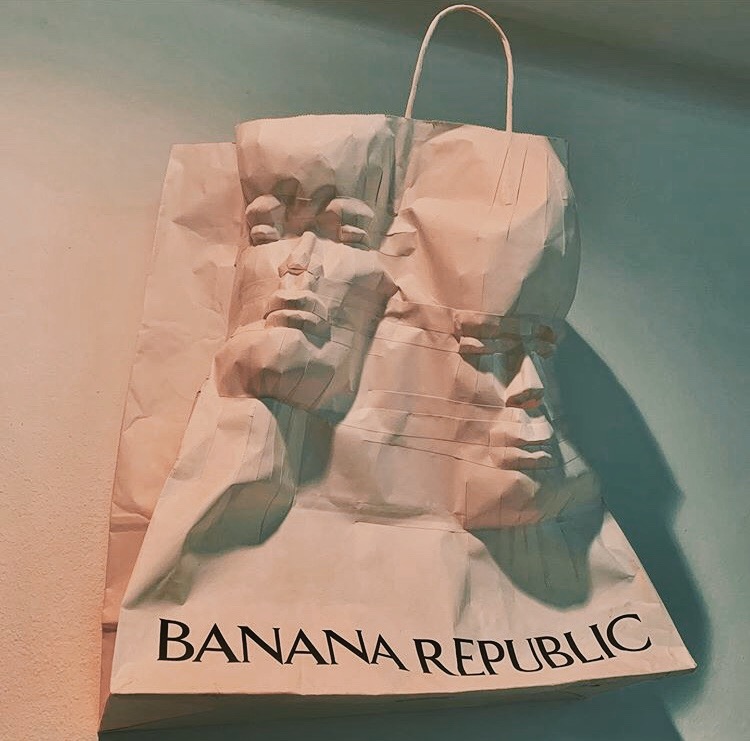
Por: Gabriela Valentín ( gabriela.valentin5@upr.edu)
Throughout the years Puerto Rico hasn’t acknowledged art as part of the main discussion when it comes to budget cuts. It has often been ignored, especially by our own politicians. But there are places and people who are constantly trying to keep art alive and make it known as part of our culture.
Museums store all kinds of media from paintings, sculptures, photography, installations, performances, and video art but lately under the specific theme: contemporary, which is produced by artists who live in the twenty-first century. Most of these artworks tackle current political, social, and cultural issues happening around the world.

We’re seeing the growth in this type of art on the island, but why is there still a lack of acknowledgment and support from our government and educational institutions?
Due to the rise of cultural ignorance and the control of masses by the government, contemporary art is often misunderstood by the public.
Behind the scenes

Héctor Madera, an artist from Bayamón who currently lives in Mexico, recalls that this lack of acknowledgment continues to happen globally. He believes that in Puerto Rico it’s the lack of museums and galleries in comparison to the number of artists on the island.
In other countries, we have similar issues, there’s always one place where the art scene is at it’s most present. For example in France, these institutions are mainly located in Paris whereas in Germany the art scene is in Berlin and for Puerto Rico, it is located in San Juan, or more commonly known as the metropolitan area. Because the location of these places is concentrated in one specific area of the island, it could become a difficulty for others to enjoy.
This can sometimes obligate the artist to move places where the art scene is more represented and where you can flourish as an independent artist.
Lack of understanding
There are people all around that have no preference for art itself, the reason: they just don’t get it.
“So we all know that people like visuals, and sound, but they do not consider it as a career, not even a profound investigation”, said the artist Naimar Ramirez.
She continues to say that in fact people don’t know what contemporary art is. And that it’s so much more than paintings, there’s such a vast quantity of it that it is impossible not to like at least one.
Naimar Ramirez
“I find people that just don’t like art, plain and simple. But they consume music, like the pretty things, posters and so on. People just have to be more specific if they don’t like the paintings.»
Budget cuts to academic/cultural programs
Ever since 2016, Congress implemented a law called Puerto Rico Oversight, Management, and Economic Stability Act, or more commonly known as P.R.O.M.E.S.A. This law created a Board, which controls how money sent from the U.S. is spent. This Board has made budget cuts in the most important areas of basic human rights, especially in the healthcare and education sectors. But these are not the only victims that experienced extensive cuts.

The Puerto Rican Institute of Culture has been on the receiving end to almost become extinct at a certain point.
According to Noticel, the fiscal board recommended cutting $5.3 million even though this amount went down. But still, it was enough for the budget of the Institute to significantly decline from $16,742,000 to $9,424 between 2017 and 2018.
In the public education system, art programs have been cut by the fiscal board and had become nonexistent, students can no longer have a place to at least express who they are or to relieve the stress of the day.
According to El Vocero, artists from different disciplines and diverse intellectuals showed their discontent with these budget cuts. «With the intention to join forces and propose creative alternatives to continue the development and encouragement of culture in Puerto Rico.» said the group of artists
Marina Reyes curator at the Museum of Contemporary Art said: «even with the budget cuts in our public education system, I believe that art itself should be implemented in every basic class so that it could become as a creative outlet and a way of learning for the student.»
Brightside
Although contemporary art is at its all-time high, especially with street art when it comes to criticizing how our government has handled the present fiscal crisis and all that has been imposed by our federal government. It is yet a form of expression that needs to be understood and financed by the Puerto Rican public with the obvious help from our Institute of Culture and various museums in the metropolitan area.


